Seville is a city that invites you to slow down and soak in its rich colors, sounds, and tastes. Walking its warm streets, you feel history whispering from every corner. The city is not just about famous places; it’s about moments-the golden light on orange trees, the sound of distant guitar strings, or the smell of fresh bread from a local bakery. Seville Spain offers more than sightseeing; it opens a door to living a story that mixes old and new in a way few cities do.
Table of Contents
If you appreciate Seville’s rich culture, you might enjoy reading about Marrakesh, a city with its own unique blend of colors, history, and vibrant street life.
If you love cities with a mix of history and lively neighborhoods, Valencia’s streets and flavors offer a fresh perspective on Spanish culture.

Historic Landmarks and Their Stories
Seville’s skyline is marked by striking buildings. One of the most impressive is the Giralda Tower, once a minaret, now part of the cathedral. Climbing up reveals views that make your breath catch. The cathedral itself holds the tomb of Christopher Columbus, a reminder of the city’s links to global history. Nearby, the Real Alcázar palace shows beautiful Islamic art and lush gardens. It’s a place where you can almost hear the water in its fountains and the chatter of past kings and queens.

For more about the Real Alcázar, you can visit the official site Real Alcázar. This building has layers of history built into its walls, blending Muslim, Christian, and Jewish influences. It’s a perfect spot to pause and imagine the stories it holds.

Quiet Corners and Local Secrets
Beyond these well-known spots, Seville has quiet areas that feel like a secret shared by the city itself. In the barrio of Triana, across the Guadalquivir River, the streets are lined with pottery shops and cafes where locals gather. Here, the air smells of freshly made tortillas and espresso. I found a small workshop making traditional ceramics-watching the potter’s hands shape clay felt like watching a poem come to life.
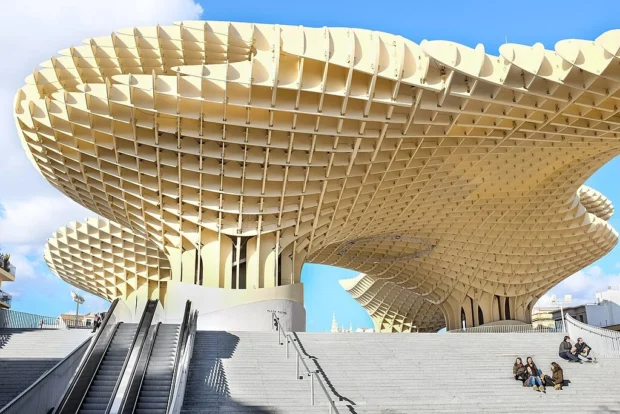
One evening, I stumbled upon a tiny plaza where neighbors played cards and children ran through the square. No tourists, just everyday life with perfect moments of laughter and music. These are the scenes you remember longer than any guidebook description.
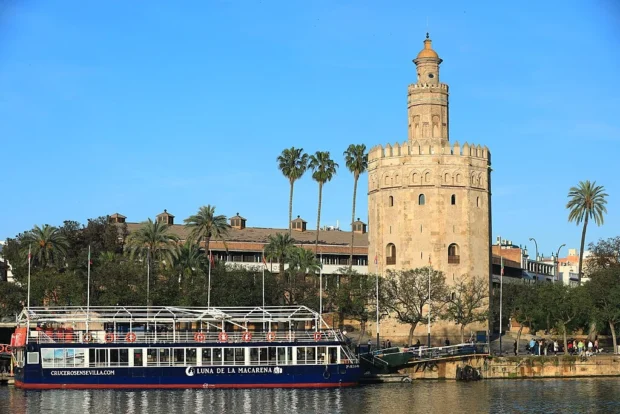
Taste the Soul of Seville: Food and Districts
Seville’s food is as vibrant as its streets. Tapas bars are everywhere, but the best bites come from places where you see more locals than tourists. In the district of Alameda, the vibe is lively, full of creative dishes mixing traditional flavors with new ideas. Try the salmorejo, a thicker, creamier cousin of gazpacho made from tomatoes and bread, often topped with ham and boiled egg. It’s a cold dish that feels like summer in a bowl.
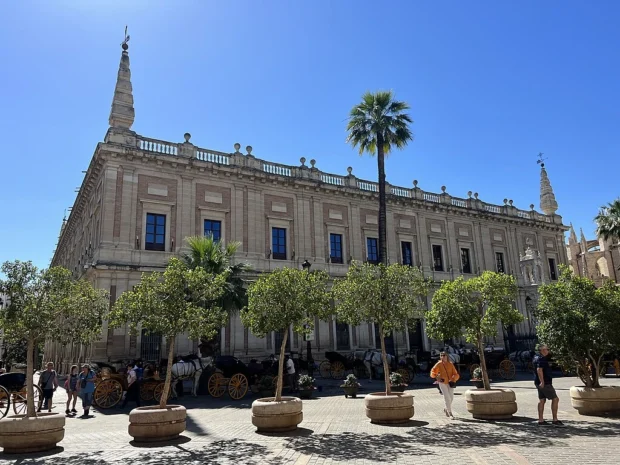
La Macarena district offers simpler, hearty options. Here, you might find stews filled with chickpeas or freshly caught fish grilled slowly over coals. In every neighborhood, food markets offer a feast for the senses-bright vegetables, fresh olives, and cheeses that need no introduction. Walking through these markets is a lesson in color and smell.
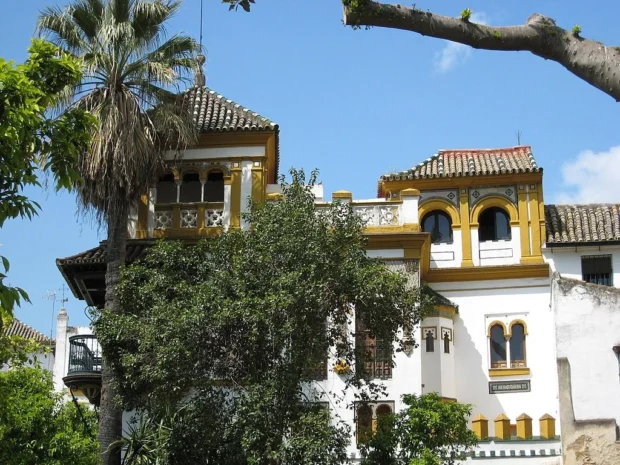
Getting Around: Practical Tips
Seville’s airport is a short bus ride from the city center, making travel smooth and affordable. The city is very walkable, but for longer distances, the tram and buses are clean and efficient. Riding a bike is also popular; many locals use it to move quickly through narrow lanes. I found this a lovely way to see the city, stopping easily whenever something caught my eye.
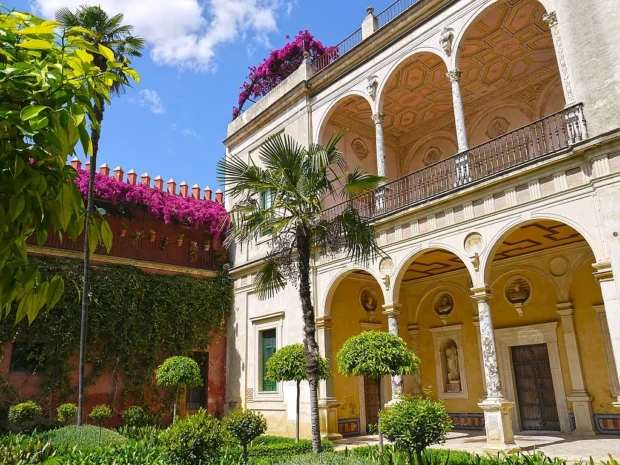
One thing that surprised me was the ease of meeting people. A simple question about directions often turned into invitations for coffee or advice about the best pastry places. The locals have a warm way of welcoming visitors without being overwhelming.
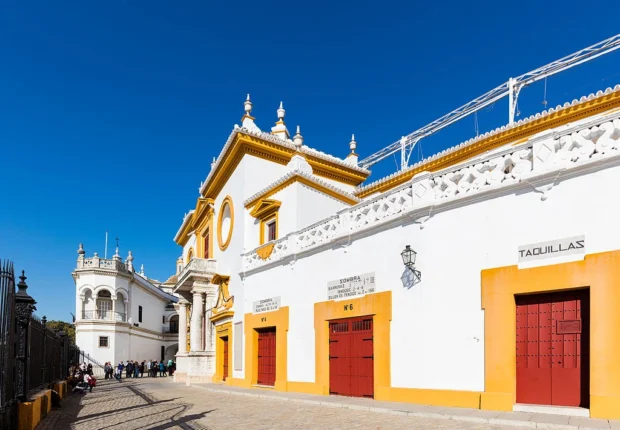
Culture and Customs: What to Know
Seville has strong traditions that shape daily life. For example, it’s polite to greet shopkeepers and neighbors with a friendly “buenos días” in the morning. Eating in the city often means a late dinner, usually after 9 PM. This can be strange for visitors used to earlier meals, but it’s part of the rhythm here.
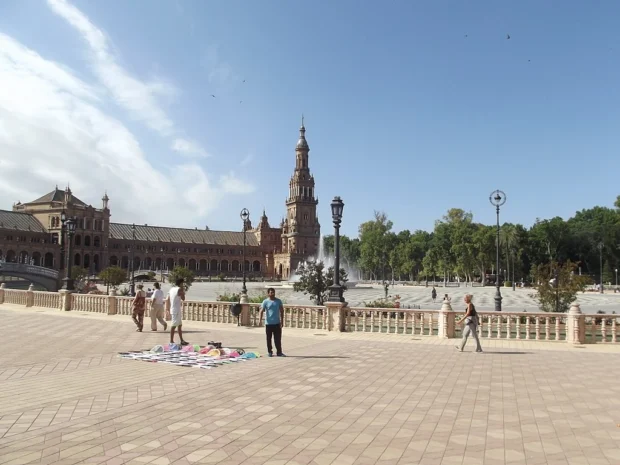
When visiting churches or religious sites, it’s respectful to dress modestly and speak quietly. Flamenco, more than a dance, is a deep cultural expression. If you go to a flamenco show, you’ll see intense emotion, raw voices, and powerful guitar rhythms that tell stories without words.
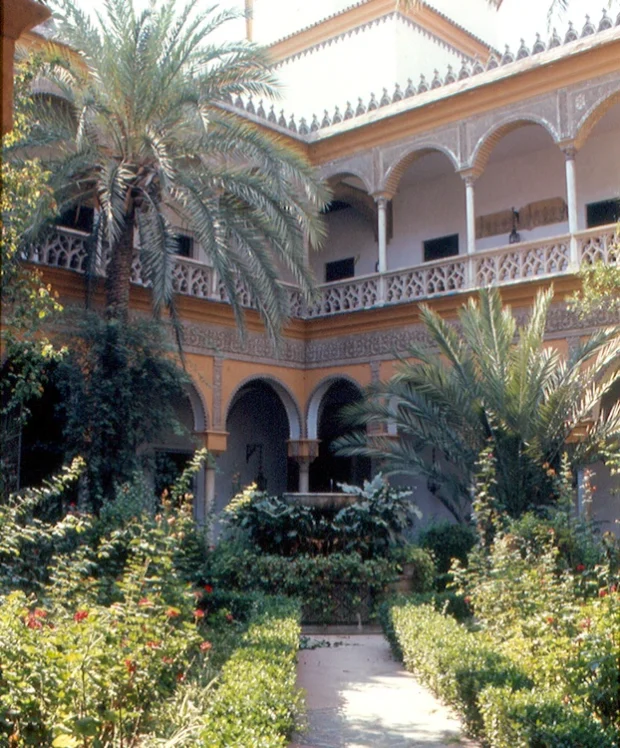
Seasonal Festivals and Their Flavors
Timing your visit to join celebrations can add magic to your stay. During Semana Santa (Holy Week), the city fills with processions and music that touch your soul. The colors, the candles, the silent crowds-all create a moving experience. The Feria de Abril, a spring fair, bursts with dresses, horses, and colorful tents. Food stalls here offer some of the best fried snacks, like churros and pescaíto frito (small fried fish).
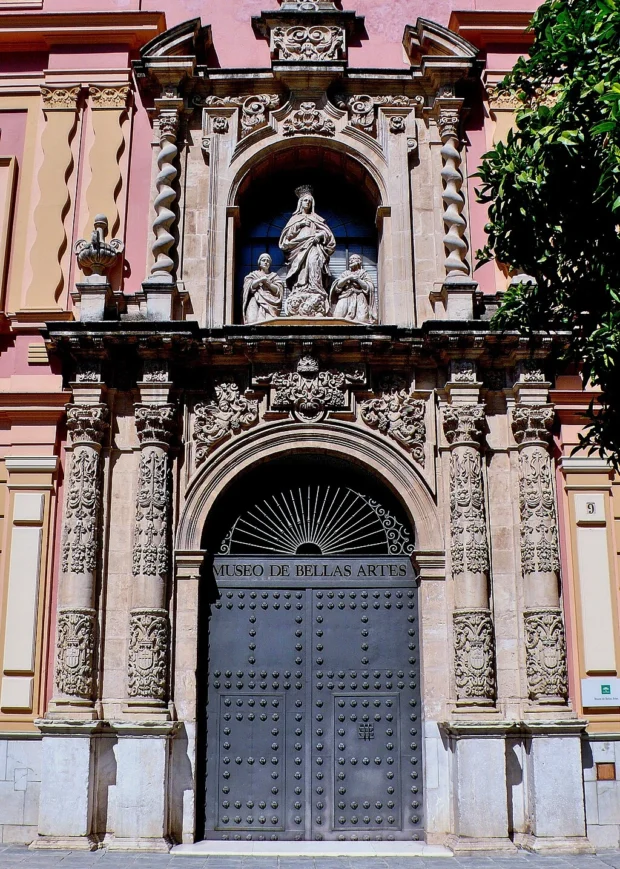
One local once told me that the food of Seville is made to be shared-part of the joy comes from passing plates around the table, laughing and talking long into the night. This idea fits perfectly with the city’s open-hearted spirit.
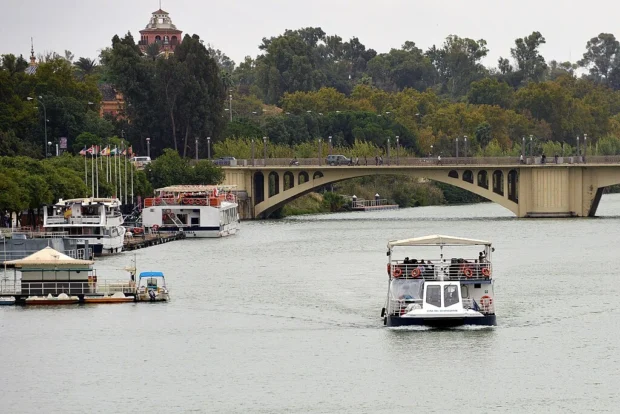
Finding Places to Stay in Seville
Accommodation in Seville ranges from charming guesthouses in old buildings to modern apartments hidden on quiet streets. Staying in the historic center means you wake up surrounded by ancient walls and cobbled alleys. It’s a perfect feeling, especially when you open your window and smell fresh coffee mixed with blooming orange trees.
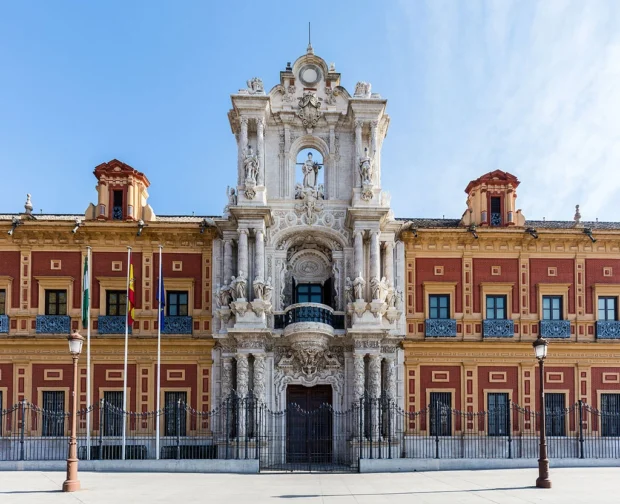
Areas a bit further out, like Nervión, offer a more contemporary vibe with shops and parks. They’re well connected by public transport and give a break from the busy historic parts. Wherever you stay, mornings with warm light spilling over rooftops invite you to start your day slowly and fully.
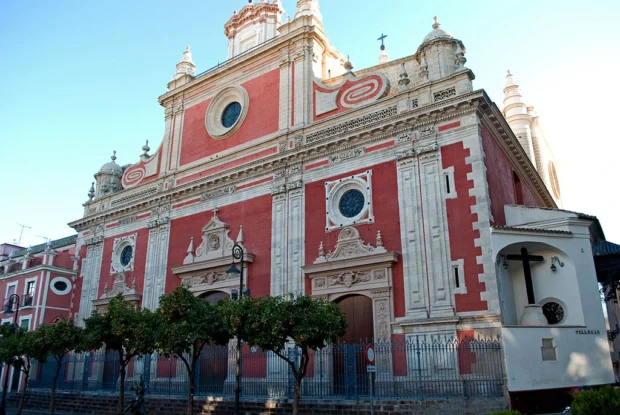
Architecture and Artistic Heritage
Seville’s buildings are a colorful mix of styles. Mudéjar architecture, with its detailed tile work, stands out. Look closely and you’ll see patterns telling stories from centuries ago. The Metropol Parasol, a modern wooden structure in the Plaza de la Encarnación, creates a surprising contrast. Locals call it “Las Setas” (the mushrooms). Walking under its large wooden canopy, you feel like you are in a different world, with views of the city’s rooftops stretching to the horizon.
Art lovers will appreciate the museums scattered around, where Andalusian painters and craftspeople are celebrated. Many workshops invite visitors to see artisans at work, from silver to leather goods, connecting you to traditions kept alive by skill and passion.
Seville is a city that stays with you. It offers stories told not in loud voices but in details-the crackle of orange leaves underfoot, the sparkle of sunlight on ancient tiles, the rich taste of slow-cooked food shared with friends. It’s a place where culture lives, waits, and welcomes you warmly.
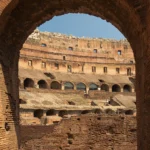
Explorer of historic places and culinary traditions, combining landscape appreciation with food culture.
- Giralda cathédrale tour Seville Espagne by Jebulon on Wikimedia Commons – cc0
- Giralda roof cathedral Seville Spain by Jebulon on Wikimedia Commons – cc0
- Alcázar of Seville (7077897551) by Michal Osmenda from Brussels, Belgium on Wikimedia Commons – cc by 2.0
- Plaza de España, Seville – 2013.07 – panoramio by rheins on Wikimedia Commons – cc by 3.0
- Metropol Parasol, Seville, Spain (16502038801) by Kristoffer Trolle from Copenhagen, Denmark on Wikimedia Commons – cc by 2.0
- Sevilla – Torre del Oro and river Guadalquivir – 2 by Benjamin Smith on Wikimedia Commons – cc by-sa 4.0
- Bâtiment Archives Générales Indes – Séville (ES-SE) – 2023-04-24 – 1 by Chabe01 on Wikimedia Commons – cc by-sa 4.0
- Sevilla Barrio Santa Cruz by Heinz Joerg Kretschmer on Wikimedia Commons – cc by 3.0
- Garden Courtyard – Casa de Pilatos (8986873009) by kkmarais on Wikimedia Commons – cc by 2.0
- Plaza de toros de la Maestranza, Sevilla, España, 2015-12-06, DD 69 by Diego Delso on Wikimedia Commons – cc by-sa 4.0
- Parque de María Luisa – Seville – Plaza de España – Torre Sur (14727755685) by Elliott Brown from Birmingham, United Kingdom on Wikimedia Commons – cc by-sa 2.0
- Seville – Casa de las Dueñas (2693907748) by Roger Wollstadt from Sarasota, Florida, U.S.A. on Wikimedia Commons – cc by-sa 2.0
- Portada principal del Museo de Bellas Artes de Sevilla by José Luis Filpo Cabana on Wikimedia Commons – cc by-sa 4.0
- Sevilla 2015 10 18 1543 (24381975581) by Harvey Barrison from Massapequa, NY, USA on Wikimedia Commons – cc by-sa 2.0
- Palacio de San Telmo, Sevilla, España, 2015-12-06, DD 74 by Diego Delso on Wikimedia Commons – cc by-sa 4.0
- Iglesia del Salvador 006 by Anual on Wikimedia Commons – cc by 3.0
